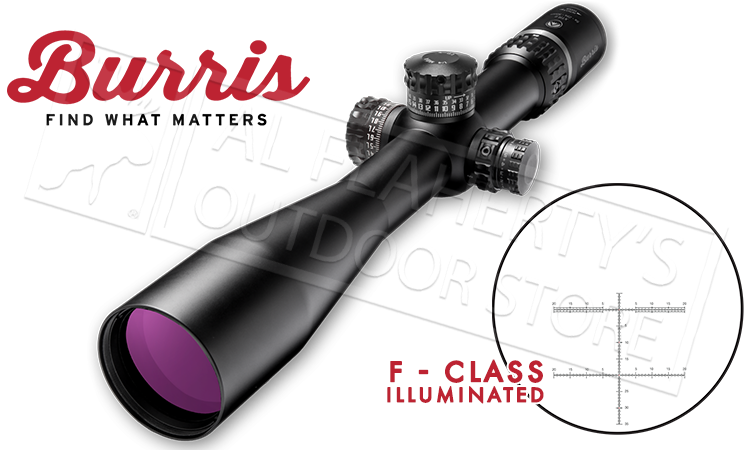A Brief History of Rifle Scopes and Sharpshooting

While firearms have been in use since the late 1300s, the telescopic rifle sight is a relatively recent innovation. The first rifle scope was invented between 1835 and 1840 by Morgan James and John Ratcliffe Chapman. Chapman, a wealthy British engineer, gave James the concept and the beginnings of a design, which James refined into a workable prototype. In 1855, William Malcolm created his own improved scope design that provided between 3 and 20 times magnification.
Rifle Scopes in the Civil War Era
Scopes didn’t come into wider use in the United States until the American Civil War. These early scopes were quite simple compared to today’s models, consisting of a metal tube with some fixed optics inside. While these scopes magnified sight, they also reduced the field of view significantly and thus a shooter had to undergo significant training to use the scope accurately.
Skilled sharpshooters of the period could hit targets between 500 and 1000 yards away. By contrast, the average range for rifle shots during the Civil War era was around 75 yards.
The Evolution of Sharpshooting
Technology has come a long way since then, with the science of long-ranging sniping evolving by leaps and bounds during the Vietnam War. From 1967 to 2002, Carlos Hathcock held the record for sharpshooting at around 2,500 yards. The record currently stands at 3,871 yards by an unnamed Canadian sniper. Test your skills with one of the gun scopes in Toronto from Al Flaherty’s Outdoor Store.
Recent Posts
-
The Parts You Need to Enhance Your Hunting Rifle
A well-equipped hunting rifle in Canada is key to success in the great outdoors. Whether you're a se …2024 Oct 25th -
Elevate Your Hunting Game with the Excalibur Crossbow
Hunting is an age-old practice that has evolved over time. While traditional bows remain popular, mo …2024 Oct 25th -
Tikka Rifles for the Modern Hunter's Arsenal
In the world of hunting, having the right equipment can make all the difference. For hunters, Tikka …2024 Oct 25th
